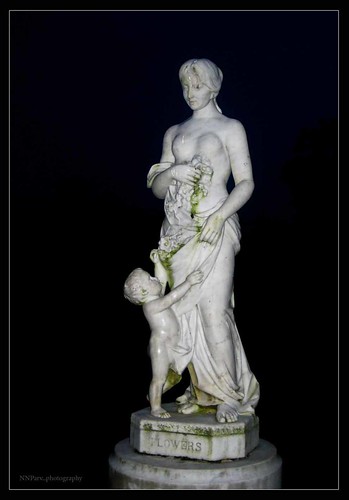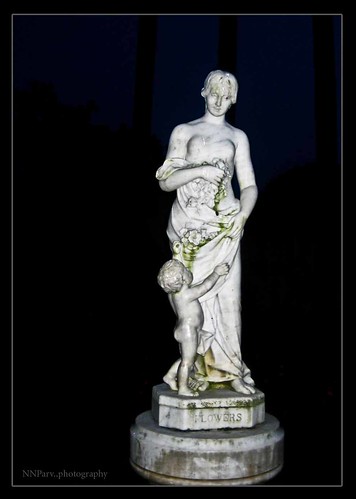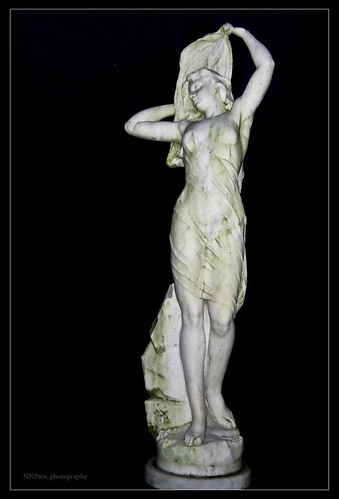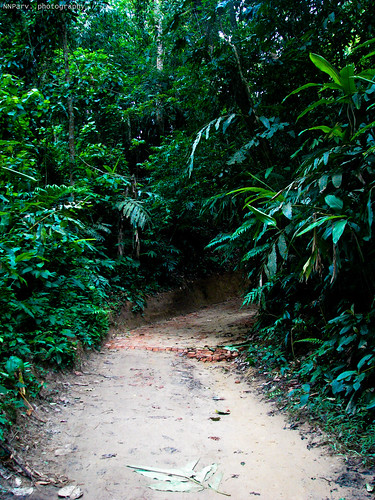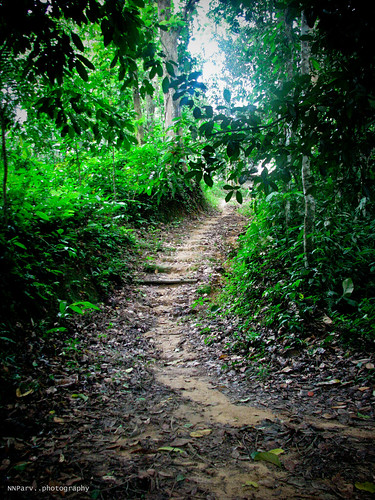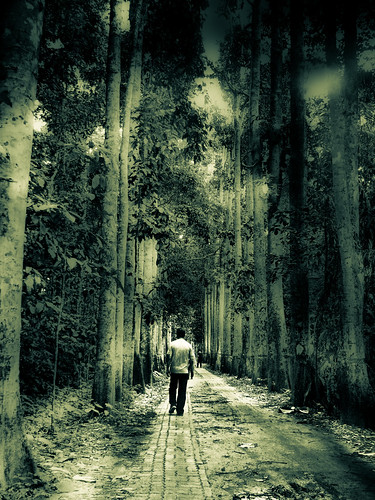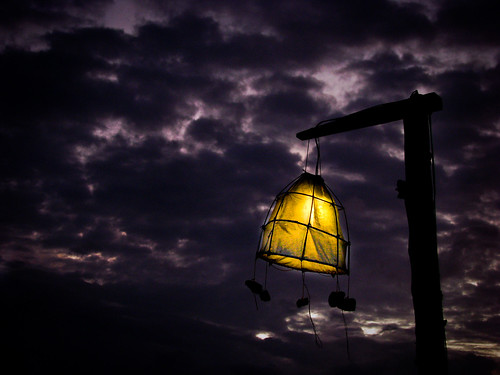Cox’s Bazar as a cause and product should be taken with due importance. Enterprises from both the government and the private sector are very much needed in this regard. Professional attitude toward the cause can make it a success. But, before anything is done a line of thought and a course of action should be chalked out. Experts and professionals including teachers, consultants and tourism businessmen may be involved in the process. welcoming all the advices may be very useful in this regard.
Following points in this regard may be considered:
1. Using media: introducing the media personnel from the print and electronic media. The National Tourism Board (BPC) should engage itself to invite personnel from print media to highlight the grandeur of the destination as a natural wonder.
Government should advertise in the widely circulated international magazines including the famous tour magazines with glossy illustrations. The aesthetic view should never be lost sight of.
2. The prospects of electronic media should be explored. The international entertainment and news channels should be used for mass advertisement along with lucrative rhetoric. Slogans may be developed for the purpose.
3. The Tourism Board can arrange programs in popular satellite channels at attractive TV slots to highlight the beauty and grandeur of the sea beach. The programs should be furnished with attractive videos exhibiting mastery in the aesthetic sense of colour, tones and sound. As they have made in Vienna. We have seen quality documentaries of Ronald Halder and A. Masud Choudhury Pitu here.
4.The Tourism Board along with the airlines can jointly work for this. Private sector can be involved with the effort and their involvement can be treated as an observance of corporate social responsibility.
5. The front desks of the airliners may have posters, booklets and souvenirs exhibiting the beauty and other aspects of the sea beach.
6. The diplomatic missions of Bangladesh may go for arranging seminars, shows etc to promote the cause.
7. Non Resident Bangladeshis may be involved in the process of promotion.
8. The airlines should develop seasonal packages for the tourists to attract them to have trip to the sea beach. Frequent flyers may be given bonuses or discounts.
9. The airliners can jointly work with the tour operators to arrange tourism fairs abroad in order to develop markets.
10. Celebrities may be involved to work as ambassadors to promote the cause.
11. All the agencies involved in the tourism sector should go for publishing in the web. Portals of different brands as G – mail, Yahoo!, Hotmail can be used for advertisement. The front pages of the search engines can be hot spaces for advertisements. Sharing features social networking medias as Facebook, Orkut, Myspace, Hi – 5 may be used to induce world community to know and get interested to the destination. This practice is seen in the international web dailies as The New York Times, The Guardian, International Herlad Tribune. Facilities of mailing should be incorporated with the sharing features in the web.
12. Videos can be uploaded in e – snips and YouTube.
13. The promoting airliners, tour operators and the travel agencies may be given subsidies under a well chalked out definition.
14. The stakeholders involved in the tourism sector should include renowned experts.
15. International competitions regarding the beach may be introduced with lucrative prizes as has been done in the case of the Great Barrier Reef.
16. Walking and other sports centering the beach may be arranged. An international walking event may be arranged yearly and named: Walk In The Longest Unbroken Beach.
A marathon may be introduced named: The Cox’s Bazar Marathon. Special emphasis may be put including developing packages for internationally acclaimed walking competitors.
Other sports tournaments as beach volleyball, beach cricket, beach racing by motor bikes, surfing which would be broadcast in international media.
17. Artists from home and abroad may be invited to make sand sculptures in the beach.
18.UNICEF may be convinced to declare a day to observe The Sea Beach Day. On the eve of this day mass awareness may be created among the population of the world so that they realize the value of preservation of the sea beaches. By highlighting the Cox’s Bazar the cleanliest and the longest beach to explore we can promote the cause. Programs as Cleaning The Longest Sea Beach may be arranged involving celebrities who are UN Ambassadors.
19.The National Tourism Board may announcing lucrative prizes for tourists, photographers, documentary makers who can highlight Cox’s Bazar as the longest unbroken beach.
20. Entertainment facilities including barbecue, casino, motorized and non motorized vehicle drives around the beach areas, skilled tourist guides may be developed and utilized to make positive impression in the incoming tourists so that these tourists themselves promote Cox’s Bazar as an attractive destination.
21. The sea beach needs to be highlighted as a secure destination in terms of availability of law enforcing agencies. The government should take necessary steps to ensure security for the tourists.

